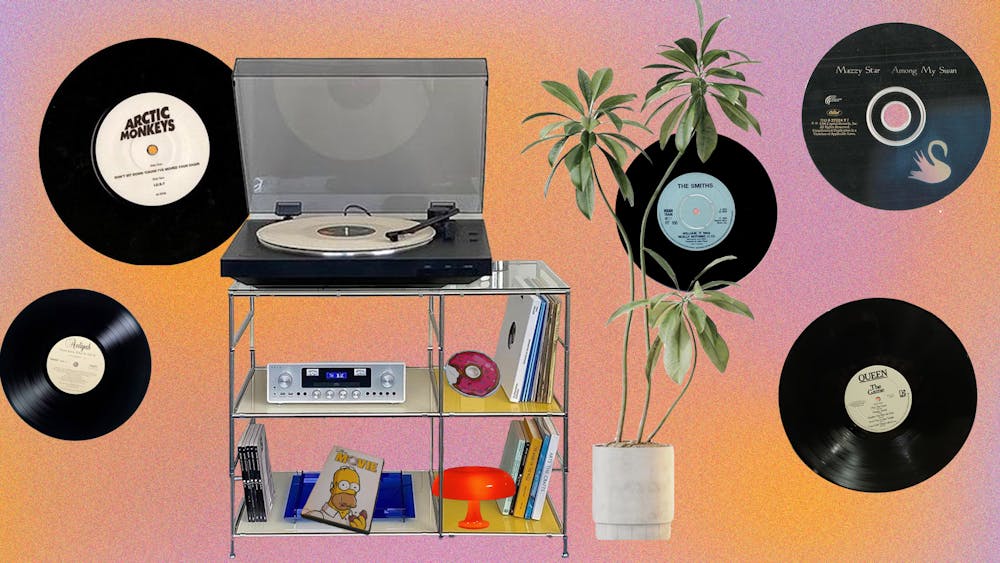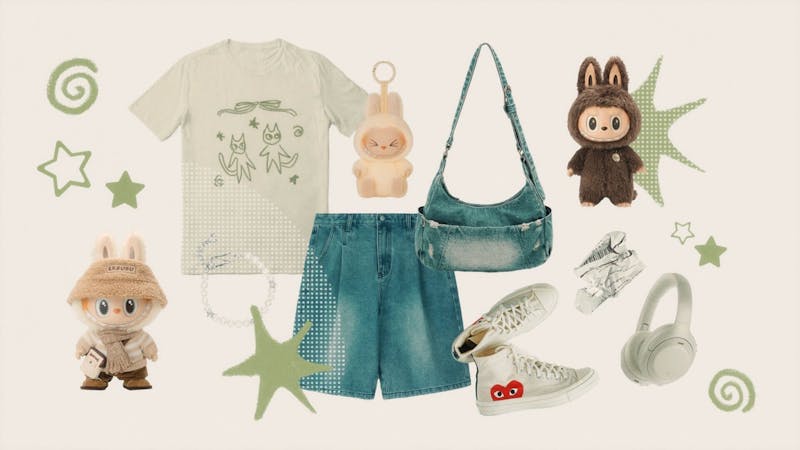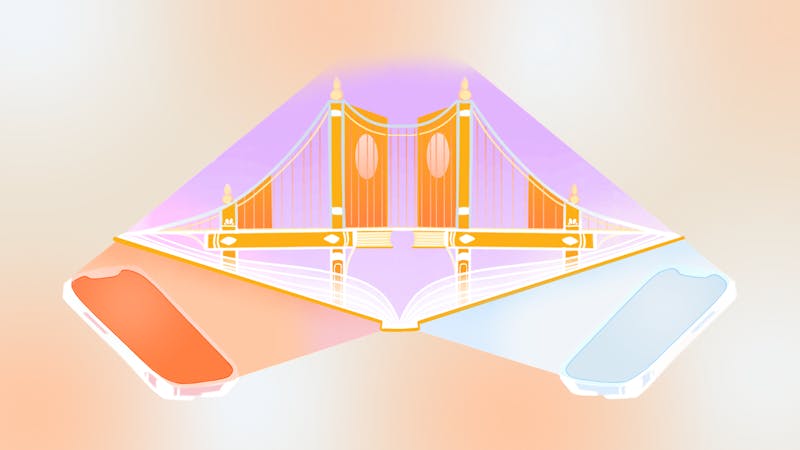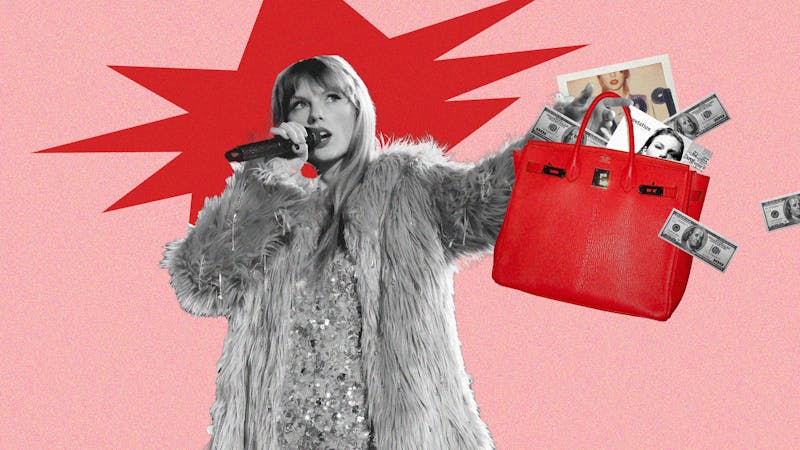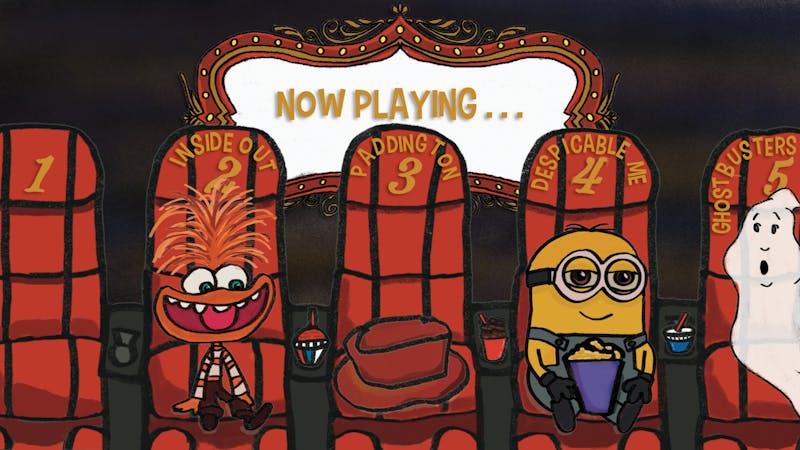Ten DVDs sit on my shelves. They’ve been arranged together in the same fashion for 19 years, surviving five moves and preserving 126 episodes of The Simpsons’ first ten seasons—all of which I’ve memorized by now. Upset with the grueling stream of advertisements, my parents were against cable. So, for the first nine years of my life, those ten discs—looped on our trusty Xbox 360—were my only television.
They weren’t just my DVDs, though. My dad watched the pilot, “Simpsons Roasting on an Open Fire,” the day it aired in December 1989. He collected the VHS tapes until the early 2000s, when Fox Broadcasting Company started to produce DVDs—drawn to a show that gave voice to Generation X’s disillusionment with the United States’ climate—and he ensured it shaped my understanding of the country just as it had his.
Those DVDs sit alongside hundreds of jazz CDs and a handful of Family Guy VHS tapes—which, despite an infrequent subscription to Disney+, no streaming service can take away from us. Every year, shifting licensing agreements strip media from subscribers. Those who can’t afford—or refuse to pay for—content they once had access to often turn to piracy. “Purchasing” films on Amazon Prime Video offers little guarantee when distribution rights expire just a few years later. Yet buying DVDs, CDs, vinyl, and cassettes—all generally outdated forms of media—remains one of the few ways to truly own and preserve media.
While ownership is a contested concept across cultures, it has fundamentally shaped American expansionism and the “American Dream,” with the country’s earliest votes afforded only to landowning men. Land ownership, property ownership, and consumerism of goods and media all trace the same throughline: They make the physical personal. On top of that, physical media, in its less compressed form, is typically higher quality than its digital counterpart.
From Netflix to Spotify, modern streaming services have revolutionized the world’s media consumption, moving us further and further away from the age of physical. Artists make less on their increasingly exclusive work, and audiences lose the emotional connections they once had to the physical media they owned.
However, in 2008, a new era began. The very first Record Store Day—an annual celebration of records, the artistry they hold, and the independent shops that sell them—sparked an 89% uptick in record sales from the previous year. At the time, physical media was far from dead, but the yearly celebration has allowed listeners a yearly dose of nostalgia: a reminder of continuous listening, personal ritual, and connection to the tangible. COVID–19 had a similar effect on listeners. Locked inside and looking for a new hobby, many began to collect vinyl en masse—an increasingly expensive pastime. Vinyl record sales are now at their highest point in the century, rising steadily every year as both local record stores and lifestyle retail chains like Urban Outfitters offer old and new pressings to the masses. Still, it’s nowhere near as accessible as it was before the streaming age.
In 1990, a new record cost an average of $5.87—about $14.36 in today’s money. Now, records at Urban Outfitters can sell for up to $70. The spike in price coincides with the trendiness of vinyl itself—TikTokers and trendy urbanites collect them, not just for their sound or tactile appeal, but for the aesthetic. From the shelves of Fishtown apartments to record–based cocktail bars, vinyl has joined the collector’s game—another object of taste flaunted by fashion and furniture influencers across their feeds. We sell the novelty of the old, putting an ever–increasing price tag on nostalgia. In the same way the art world is truly for the wealthy to admire, we sell nostalgia to those capable of paying for it.
This isn’t to say the trendy or fashion–conscious listen to music less authentically than the rest of us, but rather that they’re reshaping the landscape of physical media. They’ve turned the tactile into a digital trend, creating a market where Urban’s $70 is allowed to become the norm.
I, too, have a vinyl shelf. It sits in my living room, stocked with everything from A Tribe Called Quest’s The Low End Theory to the Call Me By Your Name soundtrack—a collection started during COVID–19, as influencers fueled my feed with their latest listens and gorgeous record players. To me and many others, the pause that an LP gives you as you gently slip it out of its sleeve, open your record player, turn it on, and place a needle on your record—it’s a moment of calm Spotify just can’t provide. Although, only those with time to spare can afford the leisurely practices of the past in today’s digital age.
As my friends talk about switching to flip phones and play around with their mini digital cameras, it becomes clear that not all of us love our current tech–saturated age. But it’s this very era that brought physical media back to us, even if in a new, digitally inspired form. We aren’t scarce for music or digital connection, but the emotional comfort that physical media provides us satiates our desire for past rituals.
I still prefer my Simpsons DVDs to Disney+ offerings, seeking out nostalgia from the season menu and extra episodes only the physical form can provide. My dad and I continue to sit on our porch, window open, allowing the scratching sounds of our favorite records to whistle through. The beauty of physical media exists all around us, whether preserved by our families as relics of another era or rediscovered through our own, digitally influenced nostalgia. Physical media is a personal testament to the art we love, with almost 50 million records being sold in 2023 alone. Even if a TikToker led us there, what matters is that we made it our own.
